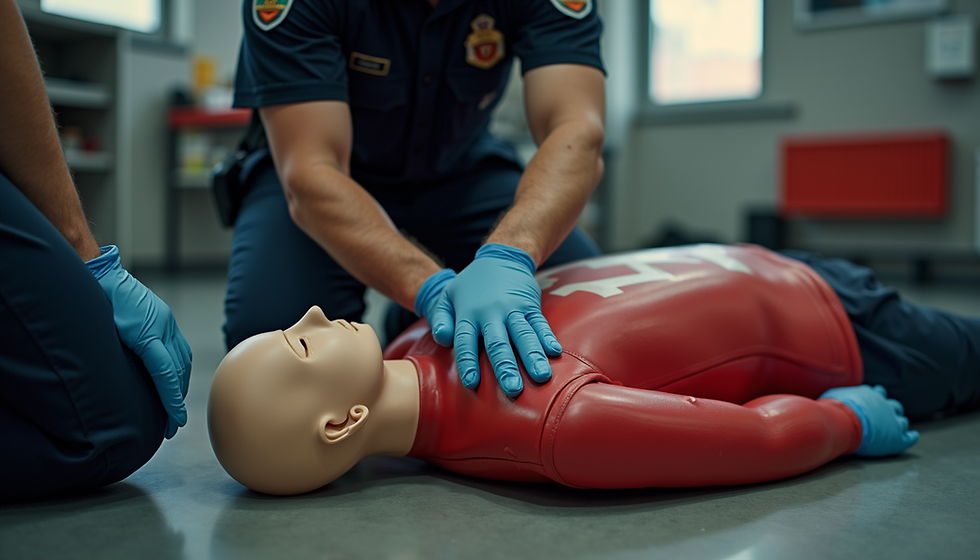Maximizing Security: Tips From JEPP
- Yoni Ari
- Apr 11, 2023
- 3 min read
Physical security elements are always a good idea, but they lose their value without oversight from the people who maintain them. Investing in human behavior is the key to maximizing the effectiveness of your security measures.
GOOD: Security doors, cameras, and access control systems.
BETTER: LOCKED security doors, SCREENED cameras, MAINTENANCE for access control systems.

These security measures can only be effective if managed correctly - organization staff needs to be on hand to ensure doors are locked, cameras are watched, and people are moving safely through the building during an emergency.
GOOD: Security guards at the entrance of a place of worship or school.
BETTER: A greeter who knows the community alongside the guards.
Screening visitors might seem like common sense, but it’s another crucial aspect of security. New faces are the norm, but a greeter at the door can ask questions and welcome newcomers. If the greeter notices someone acting suspiciously he or she can also notify the security guard.
GOOD: Investing in door barricades (night locks) and lockdown safety shade.
BETTER: Investing in human behavior to know how to activate them quickly.
The effectiveness of door barricades (night locks) and lockdown safety shades is ultimately determined by the people using them. Ensure the staff knows how to use those devices correctly in an emergency.
GOOD: Wheelchair accessibility - ramps, special entrances, wider doors.
BETTER: A specific known exit route for those with disabilities.

Proper preparedness training includes accounting for every type of person in your community. Once the exit route is created, select a staff member from your emergency response team to direct people if there is an emergency. Remember, it’s especially important to conduct an emergency drill for those that would use the route to get to know the exits and see if improvements need to be made.
GOOD: Pack your bags
BETTER: Pack your emergency go-bags.
An emergency could strike at a moment’s notice. Make sure your organization has an emergency go-bag packed and ready to go with important items like a first aid kit, flashlight, and other supplies for when the time comes.
GOOD: Make sure your organization has an automated external defibrillator (AED).
BETTER: Check your automated external defibrillator TODAY and often.

An AED device is a lightweight, portable device used to revive someone from sudden cardiac arrest. Make sure your organization’s AED is working and the batteries are charged. Check it often, with the recommendation being once every six months.
GOOD: Your fire extinguisher is the first line of defense against fire.
BETTER: Check your fire extinguishers every six months.
Even one use of the

will make it ineffective next time. Since the use of a fire extinguisher is sometimes unreported, it is recommended to check your fire extinguisher at least two times a year.
These are just a few examples of human behavior that can go a long way in a crisis situation. A safe environment doesn’t only require security doors and emergency go-bags, but also individuals who are trained to use them in an emergency.
The Jewish Emergency Preparedness Project for 2023 is underway! We’ve already started working with our second cohort of the year - 15 synagogues, summer camps, and schools that are ready to improve the safety of their facilities. Our team conducted walk-throughs and vulnerability assessments, and we’ve uncovered some unique tips that can be applied to virtually any location.
Start implementing these tips today.







Great practical advice which is often ignored. Checking for live batteries consistently, learning how to activate securely locked doors on a routine basis, and knowing where the exits are, properly marking them and teaching others about where to escape in different situations is crucial. Human behaviors like these can save lives in emergencies!
Sherrie Savett